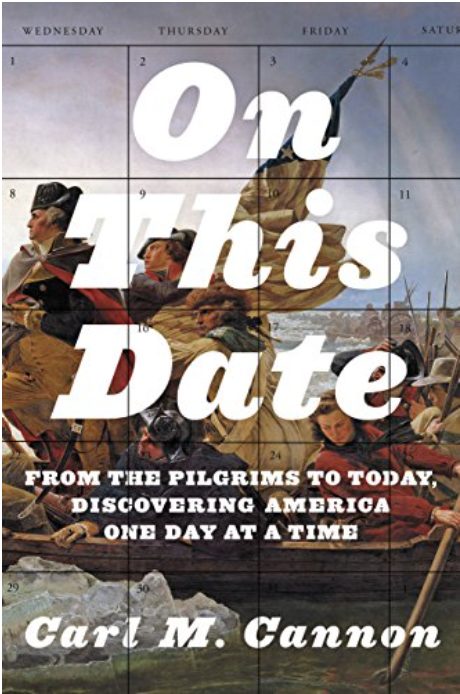Great American Stories: Kabul and Saigon

Over the weekend, Americans were subjected to images they hadn't seen since April 1975: U.S. soldiers frantically trying to evacuate personnel from a foreign capital being overrun by the enemy. Tweet

Over the weekend, Americans were subjected to images they hadn’t seen since April 1975: U.S. soldiers frantically trying to evacuate personnel from a foreign capital being overrun by the enemy. In a depressing replay of the fall of Saigon, thousands of Afghans who had allied with the United States and served their government in hopes of a freer society, were left hanging — fearing for their lives — as Taliban forces surged through Kabul and Afghanistan’s president fled the country.
As Americans feared for the fate of Afghans who had worked for the U.S., for international aid groups, or for human rights organizations — not to mention all Afghan women and girls — President Biden and Secretary of State Antony Blinken attempted to deflect blame for the disaster on Donald Trump.
At least President Ford didn’t blame his predecessor when Saigon fell on April 30, 1975. An even starker contrast: Although thousands of vulnerable Vietnamese allies were left behind, the evacuation of Americans and those at risk of being executed began before Ford announced the U.S. withdrawal — not after, which is what happened this time. The reason, apparently, is that U.S. “intelligence” officials had predicted the Afghan government could last for months after the Americans pulled out. As recently as last Wednesday, these officials were saying that Kabul could fall in 90 days. It fell in four.
Carl M. Cannon is the Washington bureau chief for RealClearPolitics. Reach him on Twitter @CarlCannon.





